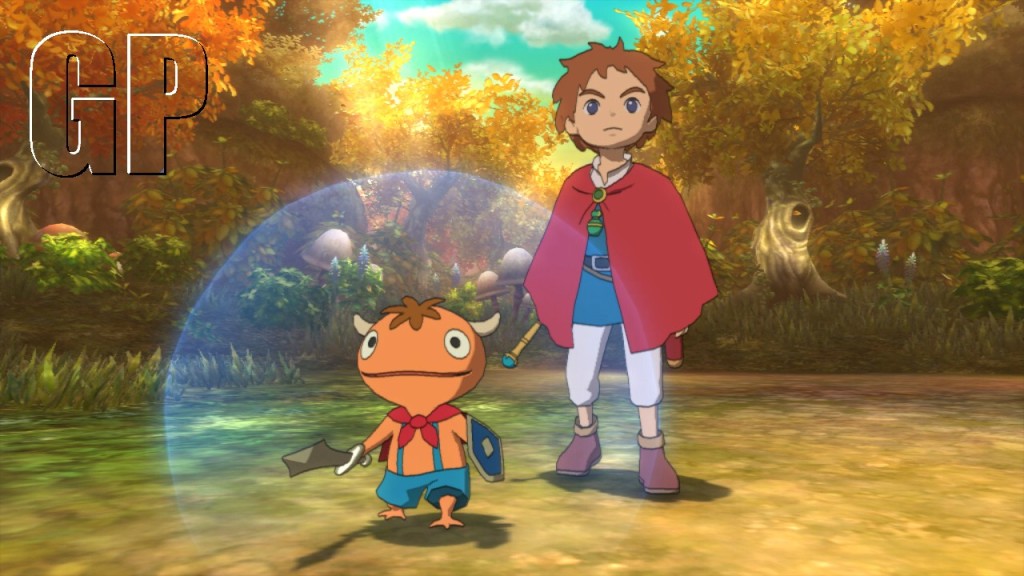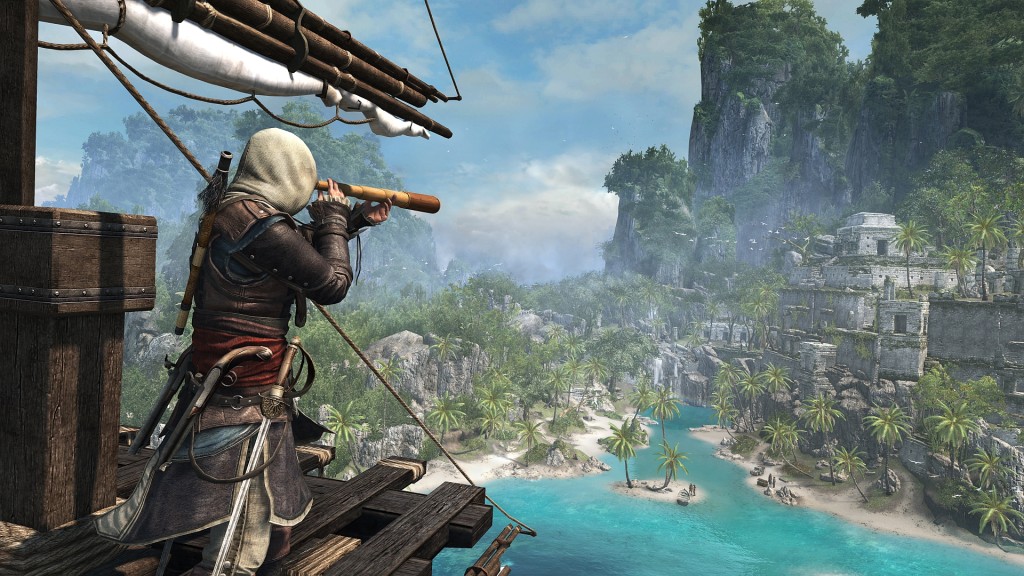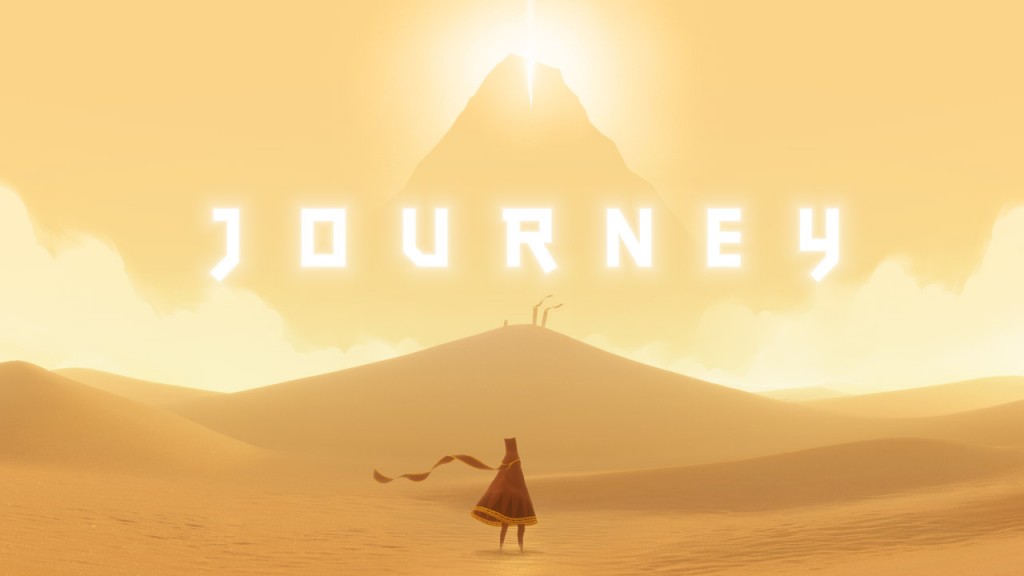
This is part 1 of my series on Demon’s Souls and Dark Souls.
1. Co-op: misery loves company
2. Progress, progress, progress
3. What difficulty in Demon’s Souls has to do with behavioural finance
4. Impressions of Dark Souls as a knight
Last weekend, flush with victory over the first boss of Demon’s Souls, I cheerfully declared, “Much less difficult than I was expecting!” I suspected I’d have to eat those words sooner or later, but hey, they were true at the time.
This weekend, Demon’s Souls fulfilled my expectations. Over the course of a circa two-hour play session, I was repeatedly BBQed by a dragon; made it past the dragon only to be carved to bits by a waiting knight; poisoned; ambushed from behind; and blew most of my precious healing items. What kept this fun rather than frustrating was that for most of this time, I was playing co-op.
While every game is better in co-op, this is doubly so in Demon’s Souls. This is partly due to the usual “many hands make light work” effect, partly because of what a relief it is to see friendly faces, but also partly because the game’s penalty for dying doesn’t always apply in co-op. For background, in Demon’s Souls, you can exist either in “body” or “soul” form. Dying in body form will send you into soul form, and dying in either form will make you drop all your accumulated souls, the game’s titular substitute for currency/EXP. If you die again before retrieving your souls via a corpse run, they’re gone forever.
Co-op works when a “soul” player leaves a marker indicating his/her availability to be summoned by a host, “body” player. The visiting soul will then drop into the host’s world as a blue phantom – and the beauty of playing a blue phantom is that in this form, you don’t lose souls from PvE deaths, making this a great, lower-stress way to explore a new level while building up a nest egg. If you die as a blue phantom, or the host dies (which results in all blue phantoms being booted), no problem – just lay down your marker again and wait for another player in body form to wander past. (I wasn’t the only one to do this, as I ran into the same blue phantom twice.)
I largely played my first few hours (single-player) cautiously, methodically, keeping an eye out for sudden death, and as such, they felt like hours. In contrast, those two hours of co-op flew past, laden as they were with memorable moments.
There were moments of endearing etiquette, when blue phantoms or the host would bow upon arrival.
There were moments bordering on farce, as three “mighty” warriors huddled together, cowering just out of reach of the dragon’s flame, before sprinting for their lives. (As such, this is the most realistic dragon encounter simulator I have played. You can in fact kill the dragon with enough patience, but evidently none of us had a bow with sufficient arrows.)
There were moments of wordless teamwork. Once, our way was blocked by a row of boulder-flinging monsters. The warrior next to me hesitated. And I realised this was a job for my spellcaster: I stepped forward, raised my silver catalyst, and began blasting away to clear our path – just as the third player present emerged from behind the boulder-tossers and caught them between hammer and anvil. This worked both ways – as a weedy spellslinging princeling, I loved having beefy, armoured knights around who could wade into melee and draw fire from me.
There were moments of high adventure: the host player and I made it past the boulder-throwers and eventually came across the level’s boss, a giant, flame-lobbing spider who blocked the far end of a tunnel. (We lost the other blue phantom somewhere along the way – did he lose sight of us and disconnect in frustration? Did an unseen demon do him in? Did he fall to his death?) It was wonderful to watch the host player at work, shooting arrow after arrow at the boss, rolling left and right to avoid fireballs, taking the odd hit but always managing to heal in time. (As far as I could tell, the host was the one doing the dangerous part of the work – my contribution was limited to lobbing Soul Arrows from the back of the tunnel and hiding whenever a fireball came near me.)
And there was a moment of triumph, when the giant spider finally fell. “THE DEMON WAS DESTROYED” took over my screen, and souls flooded into my possession. I gave the other player the highest possible rating (I hope he/she reciprocated!), and back in my own world, took great pleasure in spending my newly acquired souls on a shield and some skill points. I didn’t push my luck after that in single-player – with that, I logged off for the night.
All in all, I had a great time playing Demon’s Souls co-op. And my advice to anyone scared by the thought of visiting the Kingdom of Boletaria: try it with a group! Safety in numbers might be a relative term in this game, but you’ll also enjoy camaraderie and the spectacle of seeing other brave souls in action. See you on the other side of the fog!
Like this:
Like Loading...




